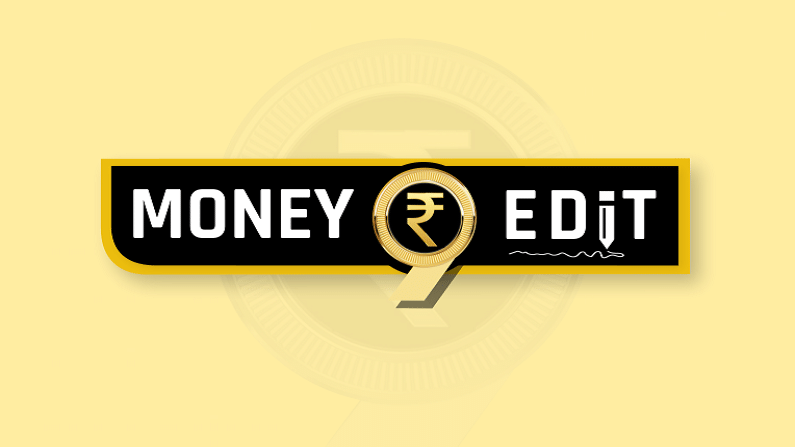Debt: Handle with care
As access to debt becomes more and more convenient, consumers should do well to remember that one should be discreet and avoid overleveraging

That the Indian society is shedding conservatism is perhaps more evident in its financial dealings than anywhere else. Indians, on the whole, have been shy of debt. Children have been advised by elders for generations that one should borrow as a last resort. Even a couple of decades ago, advisors and seniors in the family strongly advised against incurring personal loans. One can also find far more debit cards in circulation in the country comparted to credit cards. However, all that seem to be poised for a fast transformation.
In a study conducted over five years, an agency has observed pronounced shifts in consumer preferences regarding credit. There is a preference for small-ticket loans and ease of access to credit has become a much-valued attribute for borrowers. The supply side is marked by non-traditional lenders and increased use of digital platforms.
One of the most remarkable trends is the galloping growth of personal loans — the most expensive form of debt — in the country. Loans below Rs 1 lakh have grown threefold in disbursement between FY17 and FY21. Between March 2019 and March 2020, small personal loans jumped from Rs 26,700 crore to Rs 39,700 crore. Thanks to those below 25 years — who are going to set tomorrow’s pattern — short-term personal loans have risen 2.3 times by value and 3.8 times in disbursal in the same time period.
It is clear that as the consumer culture spreads, credit will be one of the main vehicles that it will ride. The US, the country we love to ape frequently, is an overleveraged society. India is perhaps furiously moving from underleveraging to overleveraging of personal finance. If the tendency to raise debt spreads fast, it might raise private consumption levels but can also have an impact on the domestic savings rate, which provides long-term funds for important work such as building infrastructure.
From the point of view of the individual, there is nothing wrong in taking loans. Quicker access to cheaper debt can certainly be a lubricant that keeps the economic machine moving smoothly. But then consumers should not forget that there is a thin line between debt and debt trap. There is a great need for judiciousness on their part. With digital transactions, raising debt actually needs nothing more than a few small movements of the fingers. But the owner of the fingers should also remember that ballooning of debt can ruin an individual. There is great wisdom and foresight in the traditional Indian way of thinking. Discretion, therefore, should be the cornerstone of debt-valour.
Download Money9 App for the latest updates on Personal Finance.
Related
- पहली छमाही में रियल एस्टेट में संस्थागत निवेश 37% घटकर तीन अरब डॉलर रहने का अनुमान
- Budget’24: New LTCG rule to hit long-term property owners hard
- Looking to buy gold? Buy now before it’s too late!
- Budget 2024: What is NPS ‘Vatsalya’ scheme? How to apply & other benefits?
- Budget’ 24: Startup ecosystem all smiles with scrapping of angel tax
- Budget’24: New NPS scheme for minors launched, here’s how you can benefit

